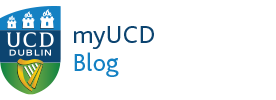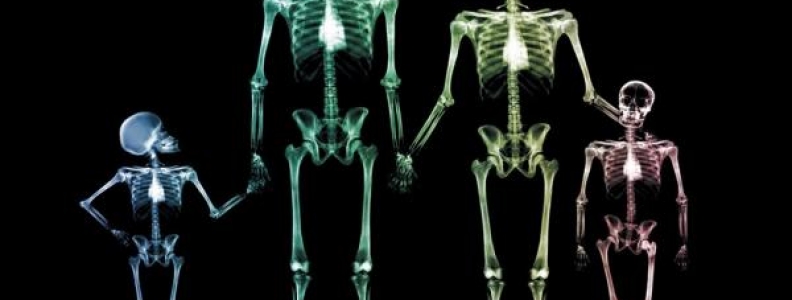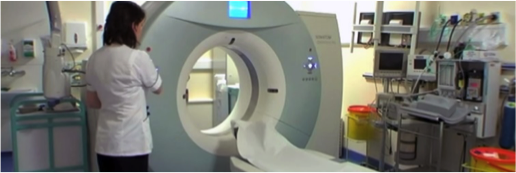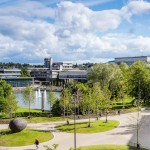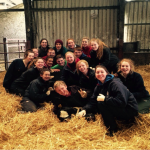Thinking about putting radiography down on your CAO application? Aoife Wilson explains why she decided to study it here in UCD
Radiography is a great course, landing you in a professional career after just four short years. What I liked about it was that you knew what job you had at the end of the course. Not only that, but there is almost one hundred percent rate of employment in Ireland for radiographers at the moment. There is various opportunities to climb the ladder within the career. There is a wide spectrum of modalities to specialize into such as ultrasound, nuclear medicine and computed tomography. There is also the opportunity to become a radiation safety officer, practice tutor for students, clinical specialist to name but a few.
The small class size of 45 is ideal because the year becomes very close to each other and you get to know lecturers so it’s not as nerve wrecking to ask questions during class. Class trips are easy to organise and are a load of fun ! We have the best of both worlds as we are mixed with physio students, health student and performance science students as well as science students and also medicine students for various modules so we can mix with others in the health professions too.
UCD has their very own radiography room complete with an x-ray tube, table, console, cassettes and various other radiographic equipment for labs, which offers a break from the lecture theatres. They’re in small groups too which makes it easier to work in. The lab tutors teach you to apply your knowledge learned in lectures to practice. It helps before heading out on placement. The course offers some physics modules in first year as well as anatomy so there is a nice variety within lectures. Modules such as imaging technology, upper and lower limb examinations, clinical anatomy and healthcare imaging are offered in first year. Radiographic technique is the main focus here. The physics is at beginner level and definitely does not need to be done for the leaving cert! I didn’t do physics for the leaving cert and it was completely fine. Second year is focused more on physiology and includes neurophysiology, anatomy, paediatric radiography and fluoroscopy. Third year builds on your knowledge of radiographic technique and introduces pathology and modalities. Fourth year offers students to study abroad as part of Erasmus which isn’t offered to every course. Radiography is done everywhere in the world and so a job is available everywhere! Therefore it can be a very adventurous and exciting career depending where you take it.
Placement is a great incentive to do the course because you can apply your knowledge that you’ve learned in college. Placement is a lot of fun and you learn something new every single day. You’d be surprised at how competent and confident you become with practice on placement which is very rewarding. There’s a wide variety of hospitals to choose from like Vincent’s, the Mater, Tallaght, Galway, Limerick and Cork. You choose your preferences and the lecturer will allocate the students into the hospitals. In first year, you will have two blocks of two weeks on placement, second year consists of six weeks of Thursdays and Fridays on placement in the first trimester and six weeks in the summer, third year has a whole trimester dedicated to placement to really enhance your knowledge and tie it all together.
Overall it’s an excellent course and I have no regrets. So the real question is why aren’t you choosing radiography already ?!

